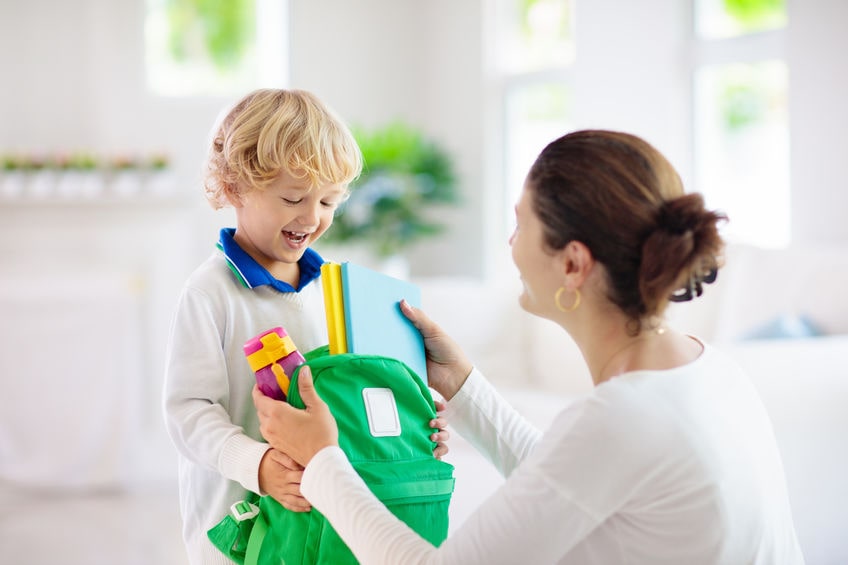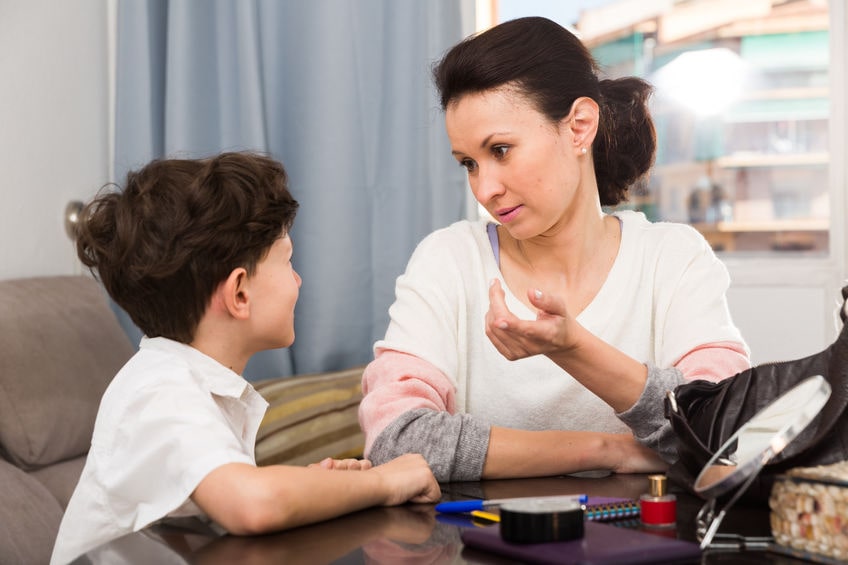5 Positive Character Traits to Nurture in Your Child

Exhibiting positive character traits is vital when it comes to the healthy growth and development of our children. Kids who learn the importance of these virtues and develop them from an early age tend to have better success in their interpersonal relationships, both in and out of school. These children are more likely to be […]
6 Common Parenting Mistakes to Avoid

Being a parent is a tricky role. As parents, we all want to do the best job we can, but we will inevitably make mistakes along the way at some point. Whether we inadvertently put our kids on an excessively strict schedule, or we don’t give them enough space and time for their own interests, […]
5 Effective Ways to Establish a Stress-free School Morning Routine

Your child is refusing to get dressed, doesn’t want to get out of bed, or refuses to brush his or her teeth. These types of scenarios are all too familiar for many parents. In numerous homes, finding a workable school morning routine might be one of the most challenging aspects of parenting. On many days, […]
5 Ideas for Raising an Obedient Child

Teaching early obedience and setting boundaries is one of the most critical facets of parenting. As parents, we expect our kids to follow rules and respect our authority. Instilling obedience in young children means teaching them about respect and other important character traits. When children are respectful, it helps them understand that the parent is […]
How to Choose the Right Preschool for Your Child

Providing our kids with the best possible opportunities is one of our top priorities as parents. We strive to give our children the best, including a quality education. This is where the importance of choosing the right preschool comes in. Selecting a quality preschool program is key to ensuring that your child’s education gets off […]
Creating Toddler Rules: 6 Tips for Handling Toddler Behavior

The toddler stage can be both fun and challenging for most parents. During this stage of development, toddlers are starting to realize that they are separate individuals from their parents. This is the phase in which they start to exercise independence by asserting themselves, expressing their likes and dislikes, and communicating their thoughts. These are […]
Financial Literacy for Kids: 4 Tips for Teaching Financial Responsibility

We send our kids to school so they can become equipped with the knowledge and skills they’ll need in order to succeed later in life. They go to school to learn important academic concepts and skills that will better prepare them for adult life. It is also in school that children develop emotional and social […]
6 Simple Back-to-School Advice for Parents and Kids

Back-to-school time can be both exciting and daunting for many parents and kids. While some children look forward to reuniting with their friends and making new ones, learning new things, and engaging in fun activities, others may not be as excited. Some may even feel nervous – especially those who are attending school for the […]
6 Ways to Boost your Child’s Handwriting Skills

Over the years, many things in our lives have changed and have also been improved by digitalization, including the way we communicate. As a result, we’ve become increasingly dependent on technology when it comes to written communication, as we tend to use keyboard and digital platforms to communicate these days. Even though we may communicate […]
4 Important Things to Keep in Mind When Reading with Kids

We can all remember the magical feeling that comes with hearing stories during childhood. Tales about adventures to far away places, whimsical stories of knights and princesses, and those of dragons and castles. Kids often love hearing stories no matter how many times we read them to them. Parents typically read stories to their children […]

